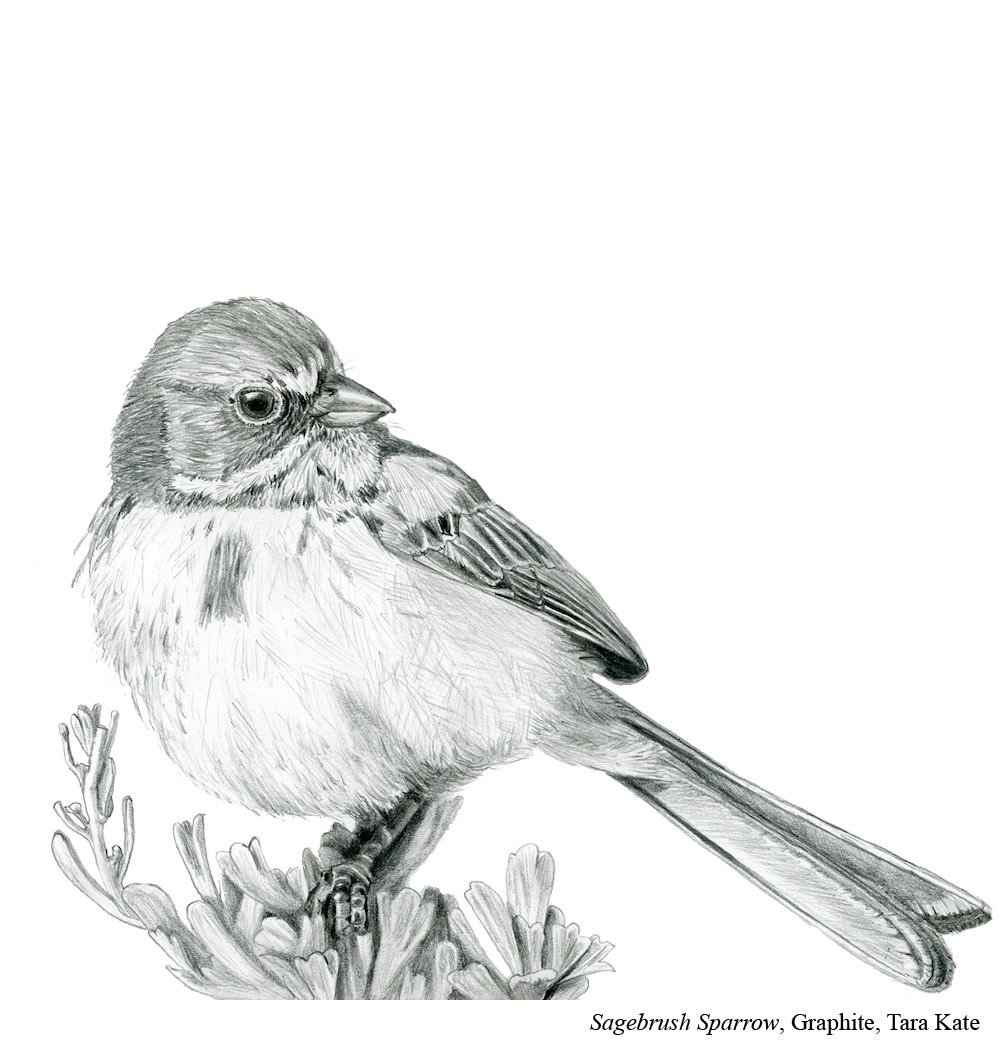How to Be Smart About Your Reference Photos
Bird artist Tara Kate (Ep.57) spends a lot of time studying birds out in the real world, but when it comes to her art, she relies 100% on reference photos. Most of which aren’t photos she took herself.
While she's dependent on photos, she knows she needs to be smart about what her photos can and cannot do.
Here’s what she keeps in mind while using references.
First, the goal of a photographer isn’t the same as her goal as a bird artist.
Photographers will often use lenses that keep parts of the bird like the eye in sharp focus but that softens the further away from the face. This means that these photos, while beautiful, aren't necessarily accurate portrayals of birds. We know from life that birds have feathers with a lot of detail in them even if she can’t see that in a softened photo.
Second, one photo won’t give her all the information she needs about a bird.
This might be because of the focus issue but also because a bird in profile, for example, tells you nothing about the width of the beak. She will need multiple photos in order to gather the necessary information for drawing and painting.
Third, photos lie.
Photographers often will take pictures with flat light. This means that the true form of the bird won’t be evident in the light and shadow in the image. She will need to take her multiple references and her knowledge of the species and combine them when she works on her actual drawing.
Put it to Practice:
Your reference photos are information but they are incomplete information.
It’s your job as an artist to learn what photos give and don’t give you. By knowing what a photo isn’t giving you, you can fill in the gaps with other tools and your own knowledge.
Maybe that means knowing that you’re going to add saturated colors to the foreground even if they don’t exist in the photo. Maybe that means you add in a sense of atmospheric perspective even though you can’t see much in the photo.
So how do you know what a photo isn’t giving you?
Listen when artists on the show (or others) talk about how they translate a photo into a painting.
Also, pay attention to life. Start noticing what you see looking at a stream in life and what you see when you’re looking at your photo of that same stream. Begin to keep a list on what translates and what doesn’t so you know to look for those elements and make adjustments for them later.
Listen to the whole interview with Tara Kate here.



